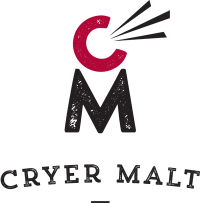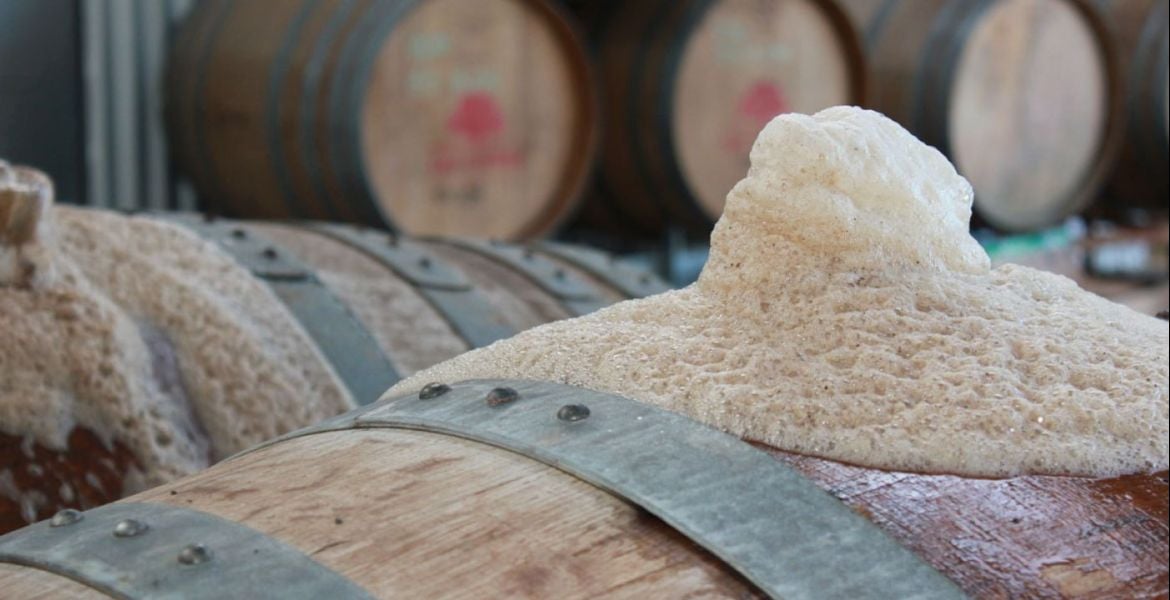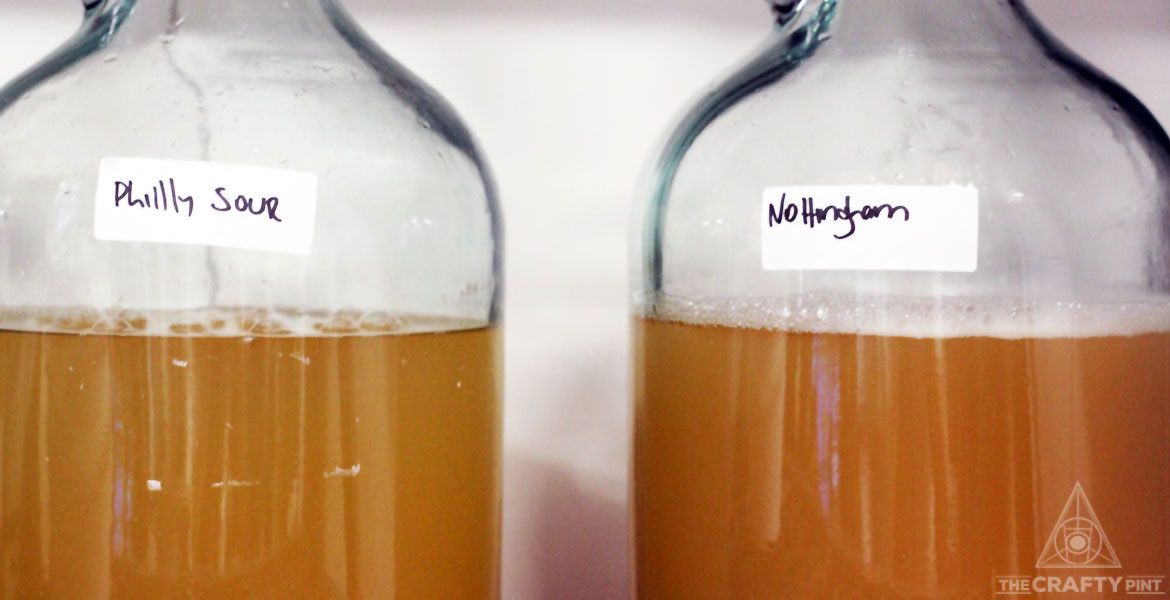Beer Basics is a series designed to give beer lovers – or those starting out as homebrewers – insight into how the delicious liquid in their glass is brought into being.
We started out with a look at the key ingredients in beer – water, malt, hops and yeast – before getting stuck into the brewing process. First up, Marie Claire Jarratt, former AIBA Best Media winner and one of the brewers at Brick Lane who helped them claim Champion Large Independent Brewery at the 2023 Indies, took us through milling and mashing.
Here, she moves onto the next stages involved in turning those ingredients into beer: lautering, boiling and whirlpool. Over to you, MC.
The process of milling and mashing provides the brewer with a sweet porridge filled with all the components needed to make a great beer, most importantly the fermentable sugars from which yeast can produce alcohol. There’s a few other important things in there too, however, including unfermentable sugars that will give the beer body, nutrients to keep the yeast healthy, and proteins that will affect the beer’s foam and haze.
So, what needs to happen before their date with yeast...?
Lautering
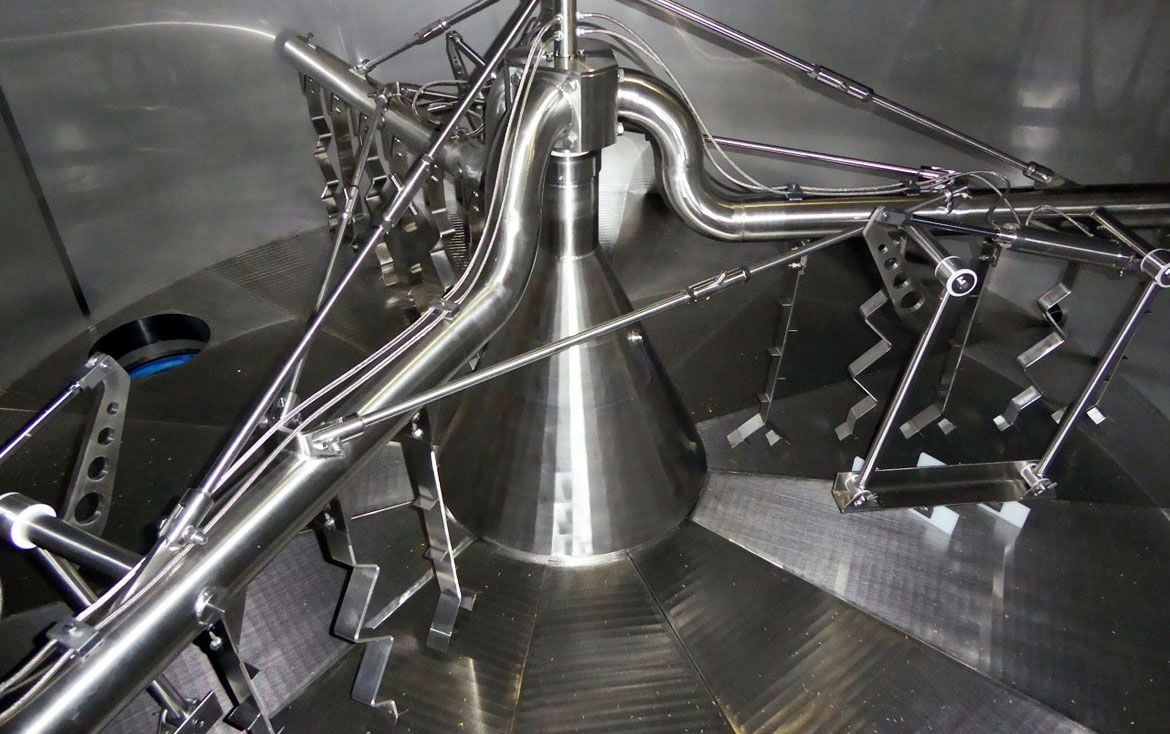
The next step in the brewing process is to separate the liquid, called wort, from the solid milled grains (now called spent grain). Only the wort – essentially a sugary liquid – is used for beer production, and it is separated via a process called lautering.
Depending on the design of the brewing system, lautering can take place in the same vessel as the mash, or in a separate vessel. Either way, the vessel is referred to as a lauter tun and its key component is a false bottom containing small holes or slits, which allow the wort to drain through while keeping the spent grain behind.
Lautering begins by draining some wort from the bottom of the mash mixture. At this point, the liquid is typically quite hazy, which is undesirable in the finished beer for a variety of reasons, mostly related to appearance and shelf stability. So brewers send this wort back to the top of the lauter tun, allowing it to flow down through grain bed once more. This filters it, thus clearing it up. For those keen to add another word to their vocab, the process is referred to by brewers as vorlauf, the German word for recirculation.
Once the brewer is happy with the clarity of wort coming through the false bottom, which occurs around 15 minutes into vorlauf, they can begin wort collection in earnest. This is done by directing the wort to a new vessel in the brewhouse rather than back to the top of the lauter tun.
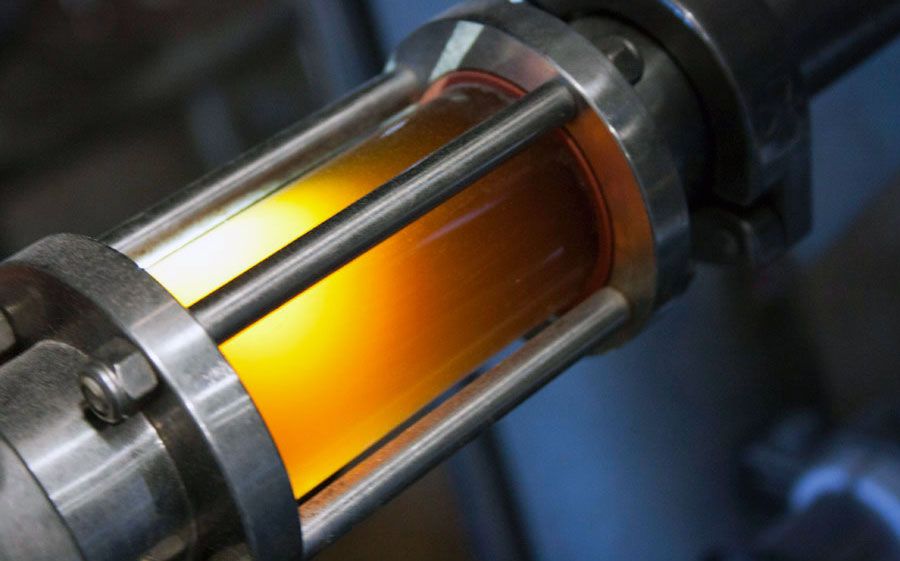
The first measure the brewer collects is referred to as first wort or first runnings. This contains most of the fermentable sugars derived from the malt and, as a result, is very sweet.
Once the first runnings has been adequately drained, the brewer then aims to recover even more sugar, which is still stuck on the spent grains and must be rinsed off, or sparged. There are two ways of doing this: batch sparging and fly sparging.
In batch sparging, a certain volume of water is added to the lauter tun and allowed to fully drain before more is added. In fly sparging, water is continuously sprayed on the grain bed at the same time wort is drained. Many homebrewers use batch sparging, while commercial breweries use fly sparging.
As more water is added, the sugar content in the grains becomes less and less, and the wort that is collected becomes more and more diluted with water. Once the collected wort has reached the desired volume, or perhaps earlier depending on the dilution of the wort, the brewer stops the collection process.
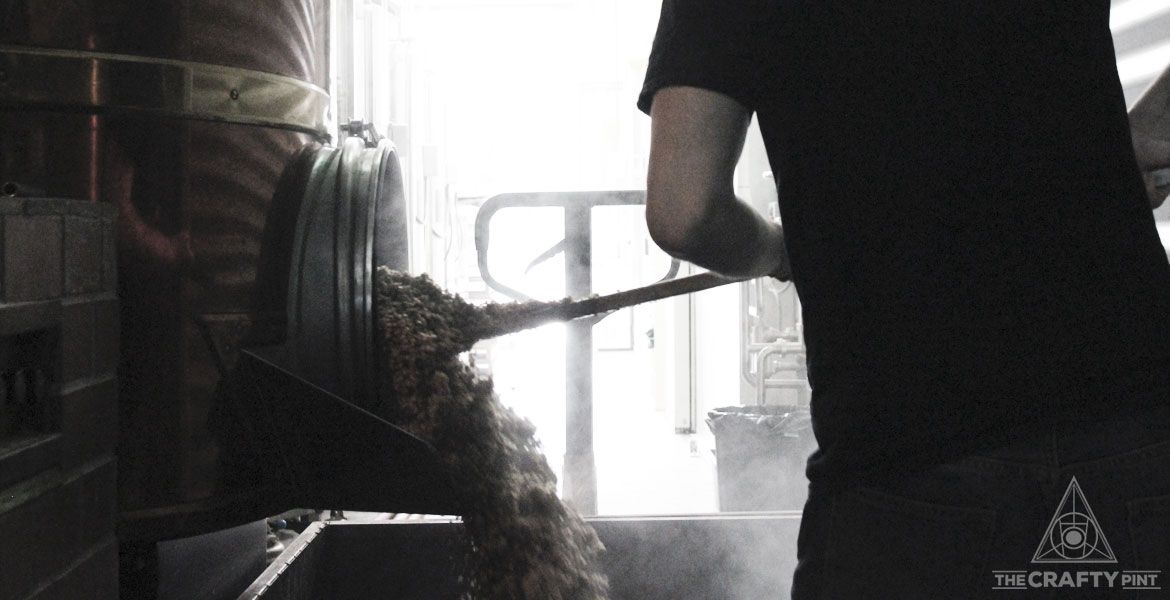
By this stage, all the collected wort is sitting in a separate brewhouse vessel, and what remains in the lauter tun is dry, spent grain. There are several methods to remove the grain depending on the automation of the brewery, but in any case, it is hardly ever wasted.
Although it is no longer useful for the brewing process, it can be consumed by livestock, and most breweries know a local farmer only too happy to feed it to their pigs or cattle. In some cases, the farmers supply breweries with animals fed with the spent grain for their kitchens or special events in a cute example of a circular economy (unless you're vegetarian, of course...).
Boiling
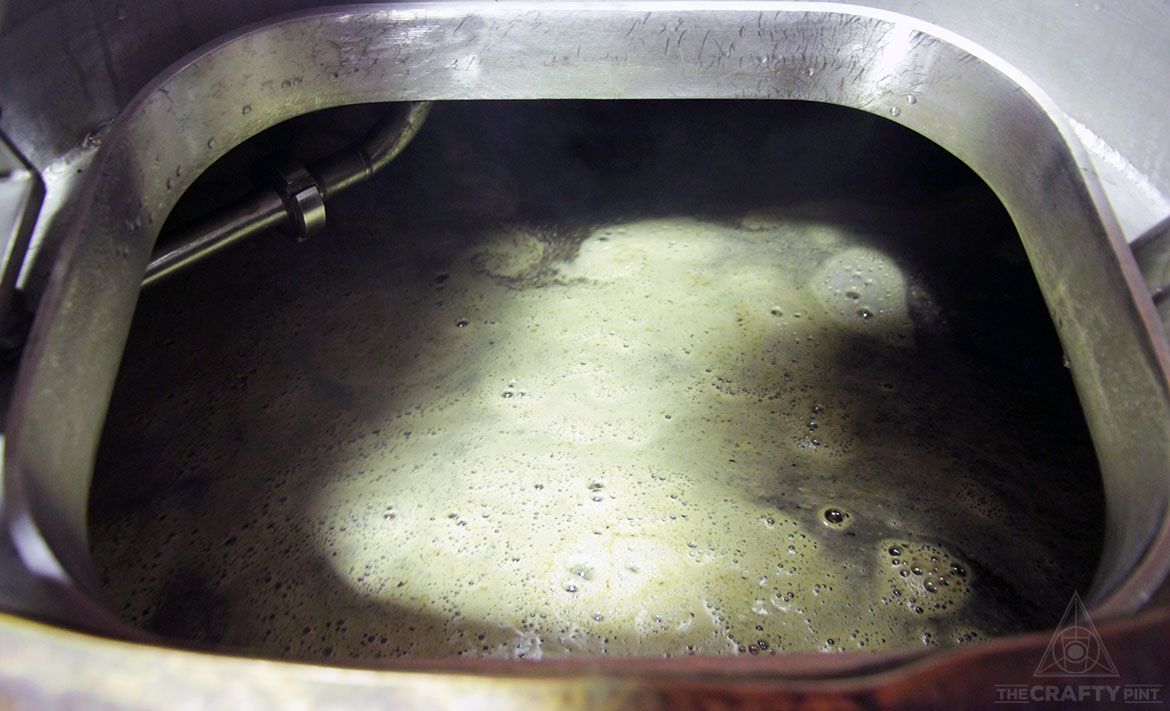
The next step in the brewing process is to boil the wort. This may seem counterintuitive for something that’s later going to be served cold but there is method aplenty to this apparent madness.
According to any brewing textbook, there are at least nine reasons why this is essential in the brewing process. Many of these involve complex biochemical reactions, but some are more simply understood: to concentrate the wort by evaporation; to sterilise it with high temperatures; and to develop colour and flavour in what is essentially a cooking process.
Perhaps most exciting, however, is that this is the process that first allows the brewer to add hops to the beer (unless they've decided to use them in the mash in a rare, somewhat novelty process called mash-hopping). So far, we’ve gone through almost three-quarters of the brewhouse process using only water and malt. So let's welcome the third of beer's four key ingredients onto the stage.
Adding hops to boiling wort allows for a process called isomerisation. In this process, the chemical structure of the hop components – namely alpha-acids – changes. α-acids occur naturally in hops and exist in the sticky resins left on your fingers if you’ve ever touched whole, fresh hops. They can’t dissolve in wort and, alone, they aren’t bitter.
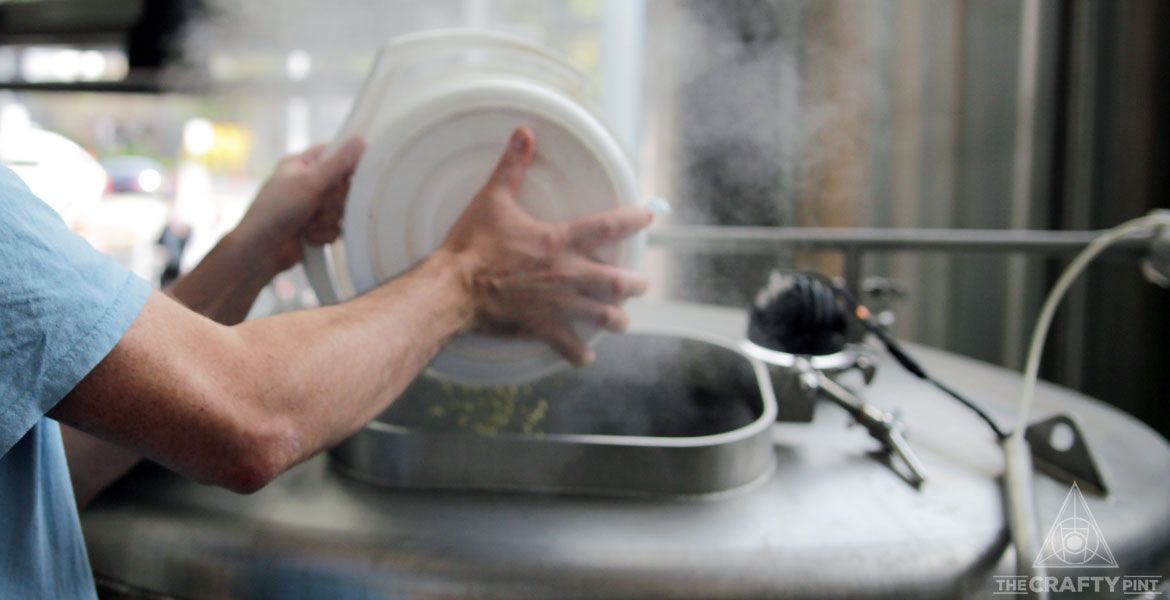
When isomerised, however, they turn in to iso-α-acids, which are both soluble and bitter. The alpha acid content of the hops and the quantity added in the boil both determine the bitterness of the finished beer. The bitterness is also determines by the moment the hops are added in the boil.
A typical boil lasts for around an hour, and the brewer can add hops whenever they like throughout that time. Adding them at different times will result in different outcomes.
Hops added early in the boil have plenty of time to isomerise, which makes the beer more bitter. However, their aromatic oils evaporate quickly at high temperatures, meaning the characteristics we commonly associate with hops – passionfruit, citrus, pine, coconut, spice etc – disappear.
Conversely, adding hops late in the boil has the opposite effect. They have less time to isomerise and contribute bitterness, but more of their aromatic oils stay behind to add flavour and aroma to the resultant beer.
By controlling the hop addition times, the brewer can have an influence on both the bitterness and hop flavour/aroma profile of the finished beer. Some brewers will make a single addition, some will add hops at different times; in some cases – most famously Dogfish Head's 60, 90 and 120 Minute IPAs – they will add more hops continuously throughout the boil in order to create the broadest possible spectrum of bitterness, aroma and flavour.
The form of hops added also influences on the beer. In our Beer Basics: Hops article, we talked about cones, pellets, oils and extracts. All of these have different bittering and flavour/aroma potentials with which the brewer can play.
Whirlpool
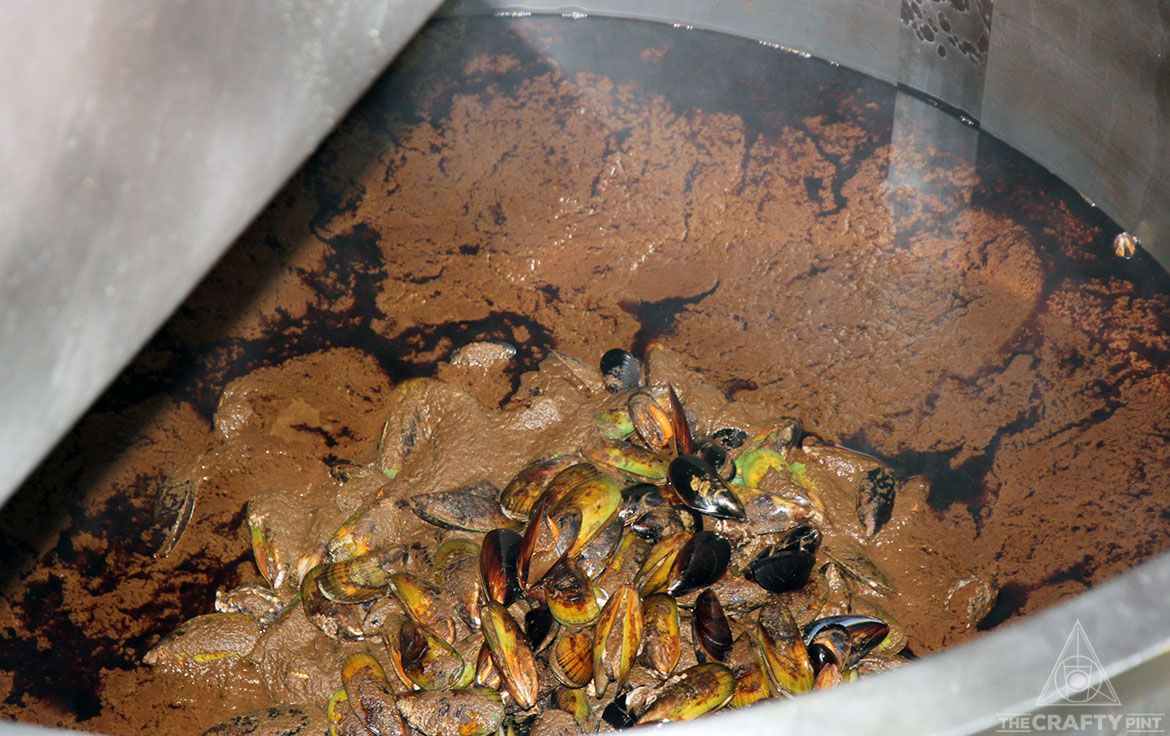
Finally, post-boil, the bitter and sweet wort is ready to leave the brewhouse and become beer. Before this happens, however, it goes through a short whirlpool process. The purpose of this is to once again separate liquid from solid, but this time the solid is mainly vegetal matter from the hops, as well as any clumps of proteins from the malt, collectively referred to as hot break or trub.
The whirlpool works like a stirred cup of tea: circular motion is induced in the wort and then allowed to slow down, which allows the trub to collect in the centre of the whirlpool vessel, while the liquid remains on the outside. How this works is through a complex interaction of physics principles (centrifugal forces, frictional wall effects and pressure differentials, for those interested).
After a short rest, the wort is drained away from the trub cone, then cooled. In most breweries, this is done via a heat exchanger that runs cold water past the hot wort to equalise the temperatures. Oxygen is also added, which helps the yeast growth in the early stages of fermentation.
It's at this stage that the real magic happens. But that’s better left for next time...





